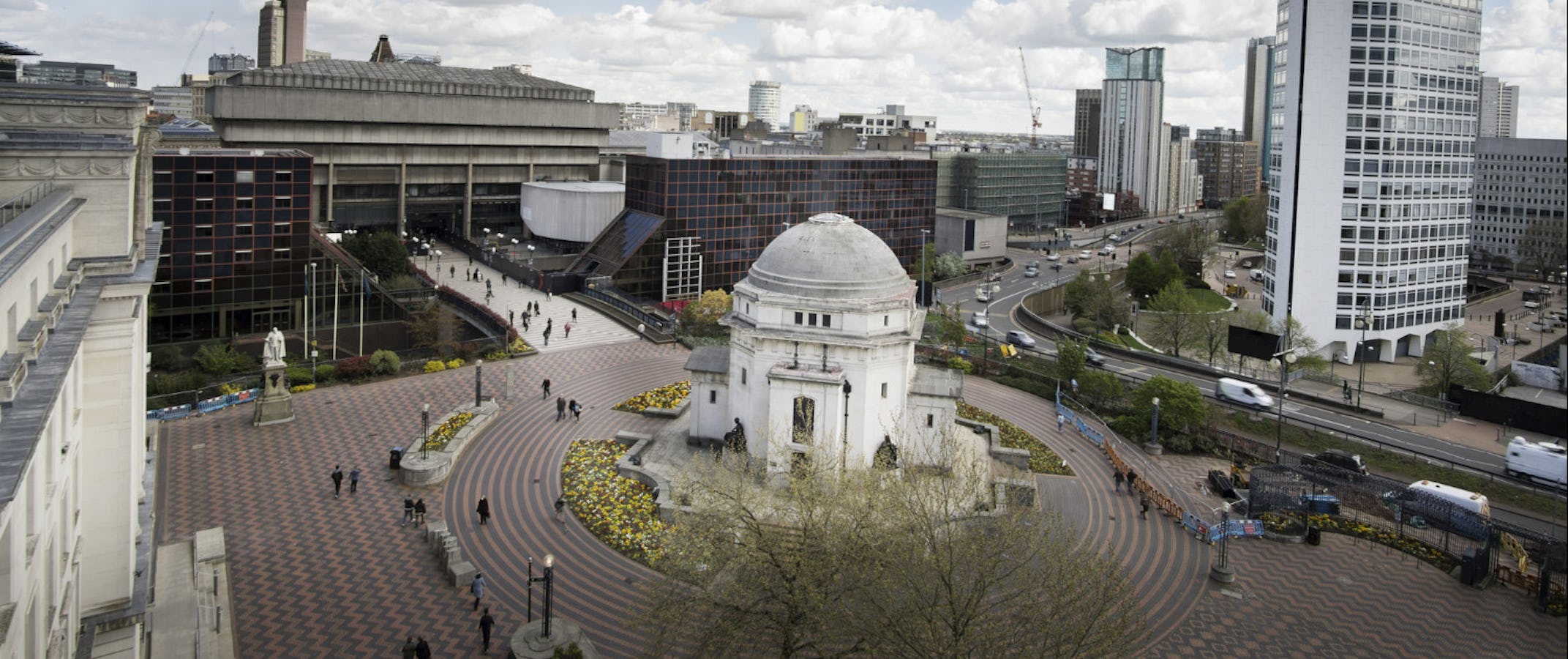

Villa Park
Villa Park
∙
Birmingham
Concert Venue
Concert Venue
Upcoming Events
No events found.
Details
Description
Villa Park has hosted World Cup and European Championship football, it has staged more FA Cup semi-finals than any other venue, England have played there 11 times over the course of three different centuries, it was the stadium where the last-ever UEFA Cup Winners’ Cup final took place.
Major boxing and American Football events have also been staged there, not to mention rock concerts and religious gatherings. Villa Park truly is a ground for all people and all seasons.
More than anything, though, Villa have been proud to call it home since April 1897.
Villa moved from their former Perry Barr ground a week after becoming only the second club to achieve a League and Cup double. The team’s first match at the new venue was a 3-0 win against Blackburn Rovers, in front of around 14,000 spectators. No-one who was present that afternoon could have imagined that the ground would evolve into a magnificent all-seater arena with a capacity of over 42,000.
And it happened without ever losing its charm. While it boasts facilities to match those of any purpose-built stadium, Villa Park has retained the distinguishing features of a traditional football ground – four individual stands, each with its own character.
The newest is the magnificent Trinity Road stand, which was officially opened by Prince Charles in 2001, although it is the vast, imposing Holte End for which the venue is best-known. Formerly the largest behind-the-goal terrace in Europe, the Holte is now an imposing double-decker structure capable of accommodating over 13,000 home supporters.
Quite apart from its tradition and atmosphere, though, Villa Park is also one of the most ideally located sporting arenas in the country. Situated in the centre of England, it is barely a mile from the M6 motorway.
It is no stranger to major events, either, having hosted matches at both the 1966 World Cup finals and the 1996 European Championship as well as having the honour of staging the last-ever UEFA Cup Winners’ Cup final in 1999, when Italian side Lazio beat Spanish club Real Mallorca.
To be fair, the site had hosted international entertainment before a football was ever kicked in anger. The Aston Lower Grounds was a popular amusement park and gardens which attracted visitors from far and wide, and which welcomed Buffalo Bill’s famous Wild West show in 1887. Villa also played on the site during their formative years, on an adjacent area known as the Magnificent Meadow, which was also used for cricket, cycling and athletics.
It is unclear exactly when the ground became known as Villa Park, although the name was certainly being used frequently by the early part of the 20th century. During that era, the dressing rooms were in the main Witton Lane stand, which was opposite covered terracing on Trinity Road. The capacity was 50,000, including 10,000 seats.
By 1914, there were plans to create a huge stadium capable of holding 104,000, but the grand scheme was curtailed by the First World War. Even so, the first phase of chairman Fred Rinder’s masterplan – the rebuilding of both end terraces – was completed before the outbreak of hostilities with Germany.
When peacetime resumed in 1918, the most pressing project was a new stand on the Trinity Road side. Escalating building costs meant this had to be delayed for a few years but a decision to proceed was finally taken in April 1922. The impressive new structure, which now housed the dressing rooms, was in use by the end of the following year and received a Royal visit from the Duke of York for a game against Bolton Wanderers in January 1924.
The capacity increased still further when the huge Holte End terrace was built even higher during the 1930s, and development continued even during the Second World War, when the Trinity Road stand was used as an air-raid shelter.
Football experienced a boom time in the immediate post-war years, and Villa Park attendances reflected the game’s immense popularity. In March 1946, a record crowd of 76,588 witnessed an FA Cup quarter-final against Derby County and in 1948/49 the average League attendance soared to an all-time high of 47,168.
But it was from the 1950s that supporters saw the dramatic changes which have ultimately shaped the Villa Park of the 21st century. Floodlights were installed in 1958, the first system comprising 180ft-high pylons in all four corners of the ground, each holding 48 1500-watt lamps.
Four years later, the Holte End was covered and 12 months after that, the distinctive barrel-shaped roof of the Witton Lane stand was dismantled to be replaced by a modern if rather less charming cover. In 1966, there was a temporary change when 6,000 seats were installed on the open Witton End terrace for the staging of three World Cup games, involving Argentina, Spain and West Germany.
That seating was subsequently removed, and 11 years later the terrace itself ceased to exist, being replaced by what became known as the North Stand.
But it is not just football that has graced our spiritual home.
Villa Park has also been the setting for concerts from music stars such as Bruce Springsteen, Barry White, Duran Duran, Take That and Bon Jovi.
And in 2015, two Rugby World Cup group stage fixtures took place in B6.
Now, plans are in place for a new North Stand which will increase the capacity to over 50,000, as well as upgrade and expand the club's hospitality facilities and create an entirely new venue to bring retail, merchandising and entertainment activities into the 21st century.
A fitting tribute to an iconic stadium, our home, as Villa Park celebrates its 125th anniversary in April 2022.
Gallery
Swipe to view more images.
